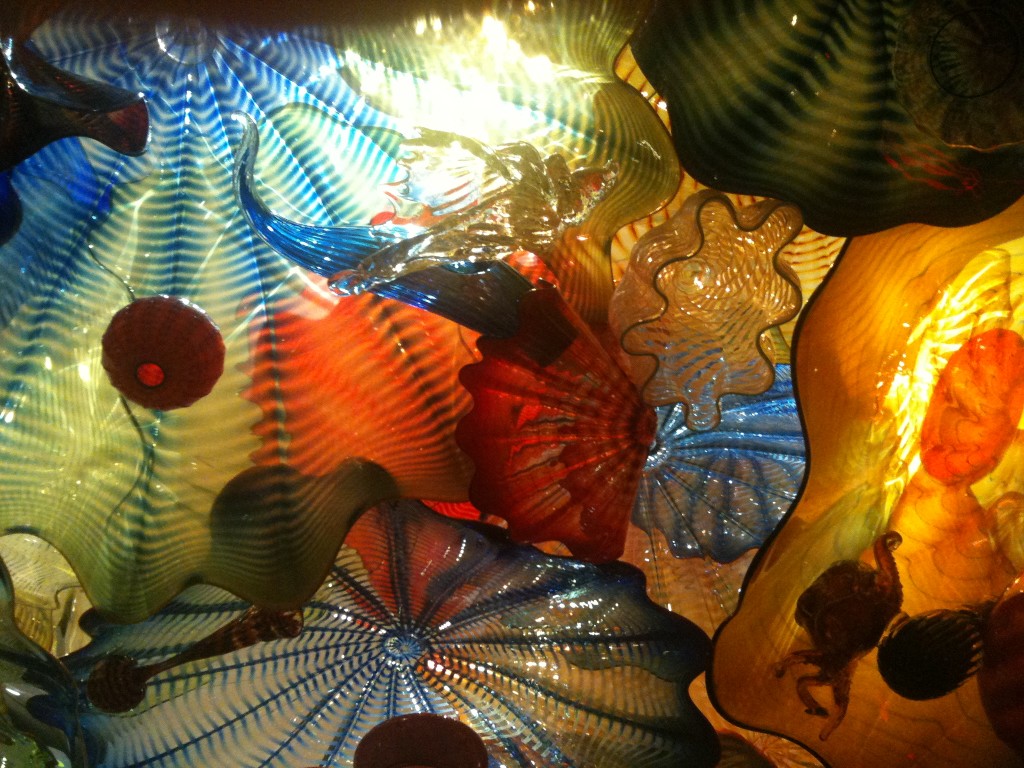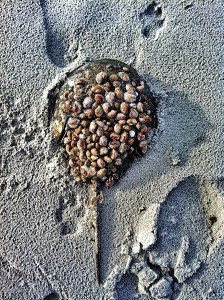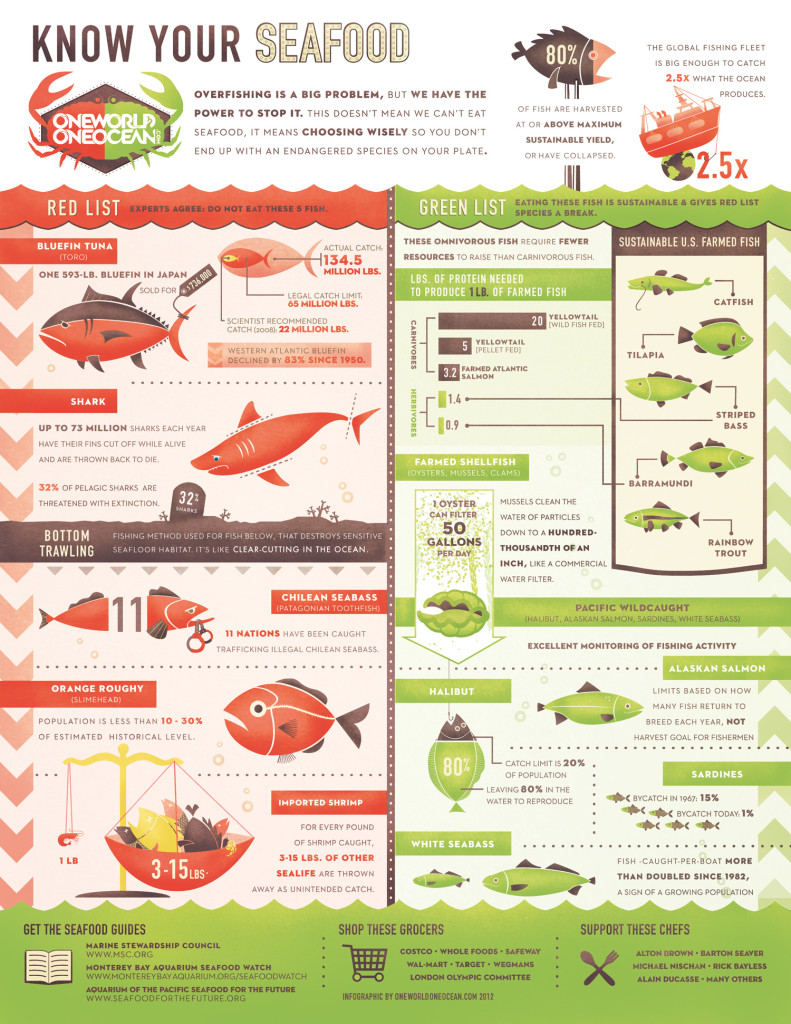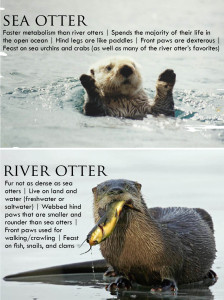Let your heart be light … It’s officially the holiday season! I am seeing twinkling lights throughout the neighborhood, trees trimmed in the window, and I seem to be baking up a storm.
It’s also my favorite time of year to tell those around me how much I appreciate them. If you read this blog, ‘like’ Beach Chair Scientist on Facebook, or ‘follow’ Beach Chair Scientist on Twitter you’re certainly keeping me going and I am very grateful for your support. It’s been a fantastic adventure answering your questions and creating entertaining and educational answers. Also, it’s such a pleasure each time I (virtually) meet new people that continually inspire me.
From now until the end of Wednesday, December 12th I’ll throw your name into another giveaway to win a copy of the New York Times best seller, Horseshoe Crabs and Velvet Worms by Richard Fortey, if you 1) comment on any post here or 2) comment on any post on Facebook or 3) retweet any content on Twitter (@bcsanswers). Each time you comment or retweet will be another chance to win. The book is an incredible gift for the natural history buff on your list or even for yourself!
Update (12/13/2012): Thanks to Random Picker for helping make the raffle so efficient! The winner of Horseshoe Crabs and Velvet Worms is a Twitter follower! Thank you to everyone that participated your support means the world!
























What people are saying …